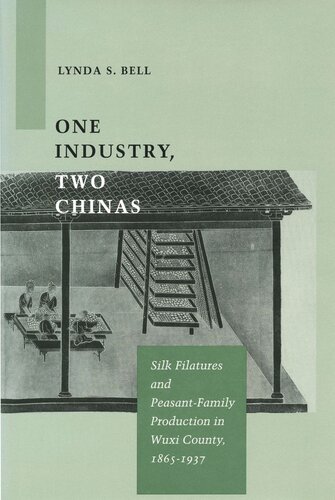

Most ebook files are in PDF format, so you can easily read them using various software such as Foxit Reader or directly on the Google Chrome browser.
Some ebook files are released by publishers in other formats such as .awz, .mobi, .epub, .fb2, etc. You may need to install specific software to read these formats on mobile/PC, such as Calibre.
Please read the tutorial at this link: https://ebookbell.com/faq
We offer FREE conversion to the popular formats you request; however, this may take some time. Therefore, right after payment, please email us, and we will try to provide the service as quickly as possible.
For some exceptional file formats or broken links (if any), please refrain from opening any disputes. Instead, email us first, and we will try to assist within a maximum of 6 hours.
EbookBell Team

4.0
56 reviewsThis book reopens and restructures the grand debate on the nature of economic development in China prior to the Communist revolution. It rejects the debate’s old contours in which quantitative data were used to argue that the trajectory of Chinese development was either “positive” or “negative.” Instead, the author combines quantitative analysis with a detailed study of local politics, culture, and gender to explain the shaping of the modern Chinese economy. Focusing on silk production in Wuxi county in the Yangzi Delta, the author argues that local elites used social dominance to build a silk industry continuum—“one industry”—fusing modern factory production with older patterns of peasant-family farming. The resulting social configuration was “two Chinas”—one populated by wealthy urban elites transformed into a new, silk-industry bourgeoisie, and the other by peasant families whose women became the workforce for cocoon production. The author describes the roles of merchant guilds and other elite organizations established to protect the silk industry from outside competition and excessive taxation; the methods and styles of elite networking and investment in building modern silk filatures; and the roles of women—elite women in sericulture reform and peasant women in silkworm raising. She also reveals the cooperation between silk-industry elites and Nationalist government officials in the 1920’s and 1930’s, which resulted in an industry that was virtually state-directed and designed to pass downward to the peasants the costs of building more competitive silk filatures. This discovery challenges the prevailing tendency to think in terms of radical ruptures between Nationalist and Communist rule.